Old West Eats: What did 19th Century Montanans Eat For Christmas?
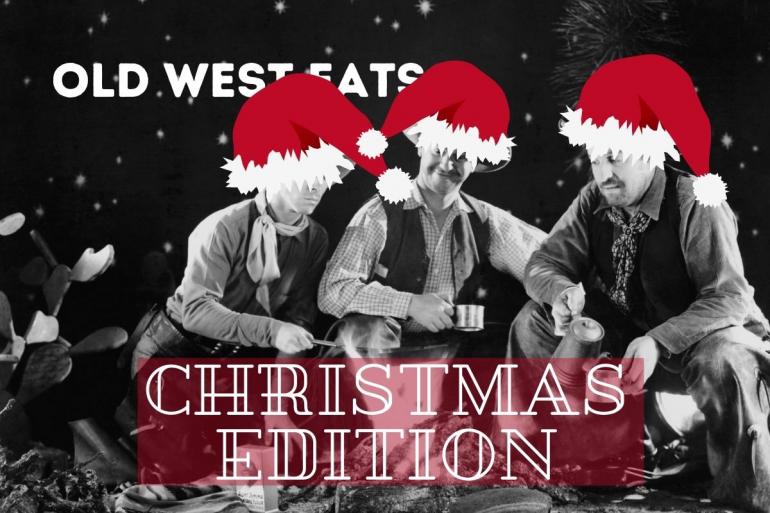

Christmas Dinner on the Montana Frontier
Like all other imports to the American West, Christmas in early Montana proved an odd mix of old and new. On the one hand, tradition remained the backbone of the holiday. Trappers, settlers, and miners in Montana came from diverse religious and cultural backgrounds. Many were recent immigrants from Europe and brought with them traditional customs and recipes, like Christmas trees and spiced red cabbage (both German in origin). Just like America as a whole, Christmas celebrations in the Old West were as diverse as its citizens.
On the other hand, celebrating Christmas on the frontier forced people to adapt and innovate in unprecedented ways. Where imitation of more cosmopolitan celebrations was not possible, approximation was deemed more than acceptable. The traditional Christmas tree, for example, was reincarnated on the bare, windswept plains in the form of a cottonwood, sagebrush, or tumbleweed bedecked in candles and ornaments.
Christmas cuisine underwent similar transformations. If it were to endure as a tradition, it would have to adapt to its new home on the frontier, a place that came with its own set of challenges and resources. With its intimidating geography and natural bounty, Montana was one of many places in the West that offered newcomers a unique opportunity to reinvent themselves. And when you reinvent yourself, of course, other things get reinvented too, some by choice and some by necessity.
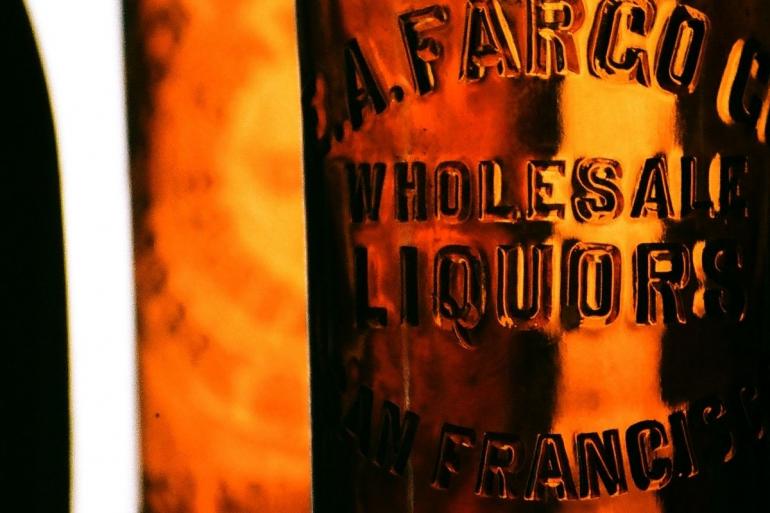
Bear Meat and Booze
In the early trapping and mining days, most of the non-indigenous people living in Montana were men. Though generalizations are dangerous, historian Dave Walter notes in Christmastime in Montana (Montana Historical Society Press, 2003) that yuletide celebrations in mining communities often devolved into town-wide drunken brawls precisely because of demographics. Young men who had come out West to make their fortunes tended to be rootless and distanced from family, if they had any family at all. Observing religious holidays and taking time away from work to prepare dinner for several people were not exactly priorities for the majority of these men.
Nevertheless, some did find time in between bouts of drunkenness to observe the Christmas holiday. Their celebrations tended to be modest, slapdash affairs. Merchant, lumberman, and future state legislator William Thompson partook of a less-than-appetizing Christmas feast in Virginia City in 1863, where he was “baching” (i.e. living the bachelor’s life) with a slew of other men. The main dish consisted of a piece of roasted “cinnamon-bear meat,” paired with a clutch of frozen onions that Thompson salvaged from a pile of trash behind a general store. Whiskey, sugar, cake, and coffee rounded out the menu. Thompson describes the meal as thus: “The bear meat smelled so good while it was being cooked. Golly, but it was rank, tough, and stringy. I couldn’t go it; I never could go whiskey; Nunley’s cake was simply unapproachable. I filled up on coffee and bread.”

"Ben Wise and fellow hunter display their game." Date unknown. Source: Montana Memory Project
A Measure of Civility
As towns began to grow and attract families looking for a more settled way of life, Christmas dinners became more involved and sometimes more elaborate affairs. A journalist from the New York Tribune attended a Christmas ball in Virginia City in 1867 and describes quite a different scene from Thompson’s bear meat fiasco:
“For the first time in the far west I found nearly as many ladies as men at the ball [...] Supper came at midnight and it would have done credit to any eastern town of thrice our population. Oyster soup opened the course–the oysters having been shipped three thousand miles. Elegant salads, delicious jellies, game of all kinds, candies manufactured into temples and monuments, and almost every variety of fruits, plus sparkling wines, combined to tempt the appetite.”
This passage offers several interesting insights into early Christmas dinners in Montana. For one, the presence of women signifies a measure of civility to the whole affair. Though this too is generalization, women tended to prioritize tradition, routine, and material comfort more consistently than did men. So it makes sense that a Christmas dinner was deemed to have passed muster only if women bothered to show up.
Second note of interest: fresh oysters in Montana! Yes, this was a thing in the nineteenth century. And not Rocky Mountain oysters, either. Given that many born-and-bred Montanans would rather move to Missoula than let seafood pass their lips, this early tradition seems surprising until the historical contexts are considered.
The eastern seaboard was replete with oyster beds, which kept coastal metropolises in abundant supply. Oysters were also shipped to Chicago and Saint Louis, then transported by rail, barge, and wagon to regions further west. Before refrigeration, the weather had to be cold enough to keep the oysters from spoiling. When packed on ice or wrapped in seaweed and wet straw, fresh oysters could keep for two weeks in the winter. This short seasonal window goes a long way towards explaining how they became a Christmas specialty in Montana. Irish immigrants in Butte were strict Catholics, obviously, and abstained from meat on Christmas Eve. Oysters proved a ready substitute for ling fish in their traditional stew, which also included milk, butter, and pepper.
Fruit was a delicacy on the frontier, especially fresh fruit. Though the journalist does not note whether the fruit at this particular dinner was fresh, preserved, or dried, any combination thereof was a desirable addition to the Christmas menu. Though military forts and some homesteads had their own kitchen gardens, fresh produce was a summertime luxury. Preserved fruits and vegetables made their way to the table in diverse mediums, including mincemeat pies and fruitcakes. Pickles were a surprisingly popular side dish. Given their hoi polloi reputation today, it’s amusing that frontier denizens considered them a refined offering.
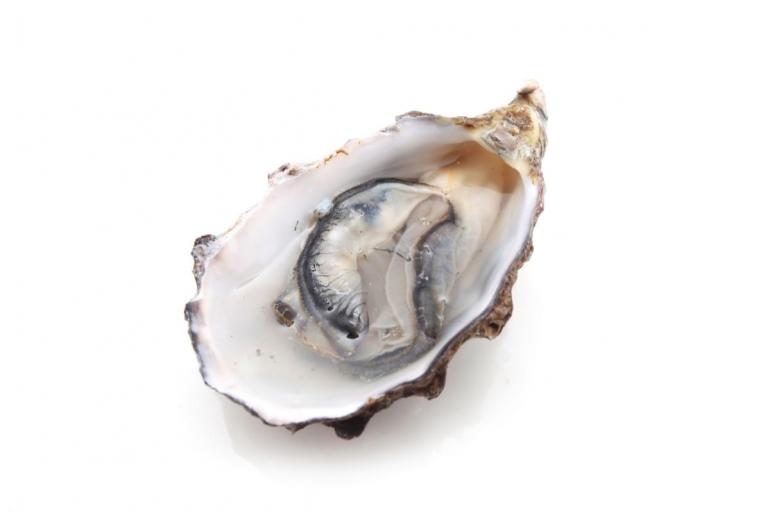
The Art of Improvisation
When traditional foods could not be obtained, Montanans happily substituted with resources they had on hand. Venison and bison proved popular replacements for beef. Buffalo tongue was a particular delicacy at Christmas. If wild turkeys were not available, people substituted any number of game birds: goose, duck, quail, pigeon, and prairie hen.
Imagine what a different celebration Christmas would be today if we were forced to follow the same precept: when without, substitute. Running to the supermarket at ten at night because you forgot to buy five pounds of cream cheese wouldn’t have been an option on the Montana frontier. Cream cheese wouldn’t have been an option, period. I don’t dare say that it would be a better holiday, because I enjoy modern conveniences and cream cheese as much as the next person. But one thing’s for sure, it would be much less stressful. And perhaps, just perhaps, would be a source of rejuvenation rather than exhaustion.
If you too are without cream cheese this holiday season, consider this recipe for vinegar pie from Buckeye cookery, and practical housekeeping, a compendium of recipes published in 1877. Vinegar pie got people through cravings for lemon pie when citrus was hard to come by.
“One egg, one heaping table-spoon flour, one tea-cup sugar; beat all well together and add one tablespoon sharp vinegar, and one tea-cup cold water; flavor with nutmeg and bake with two crusts.”
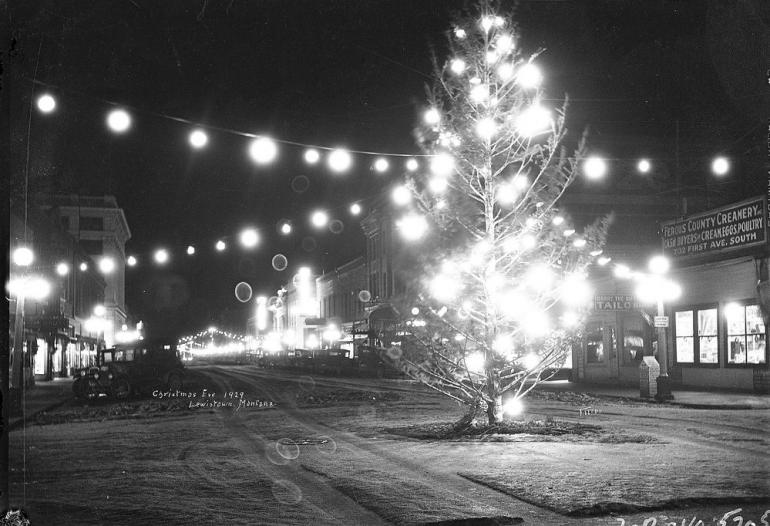
Christmas tree on Main Street, Lewistown, 1929. Source: Montana Memory Project




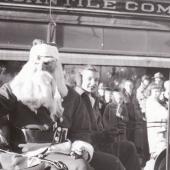




Leave a Comment Here